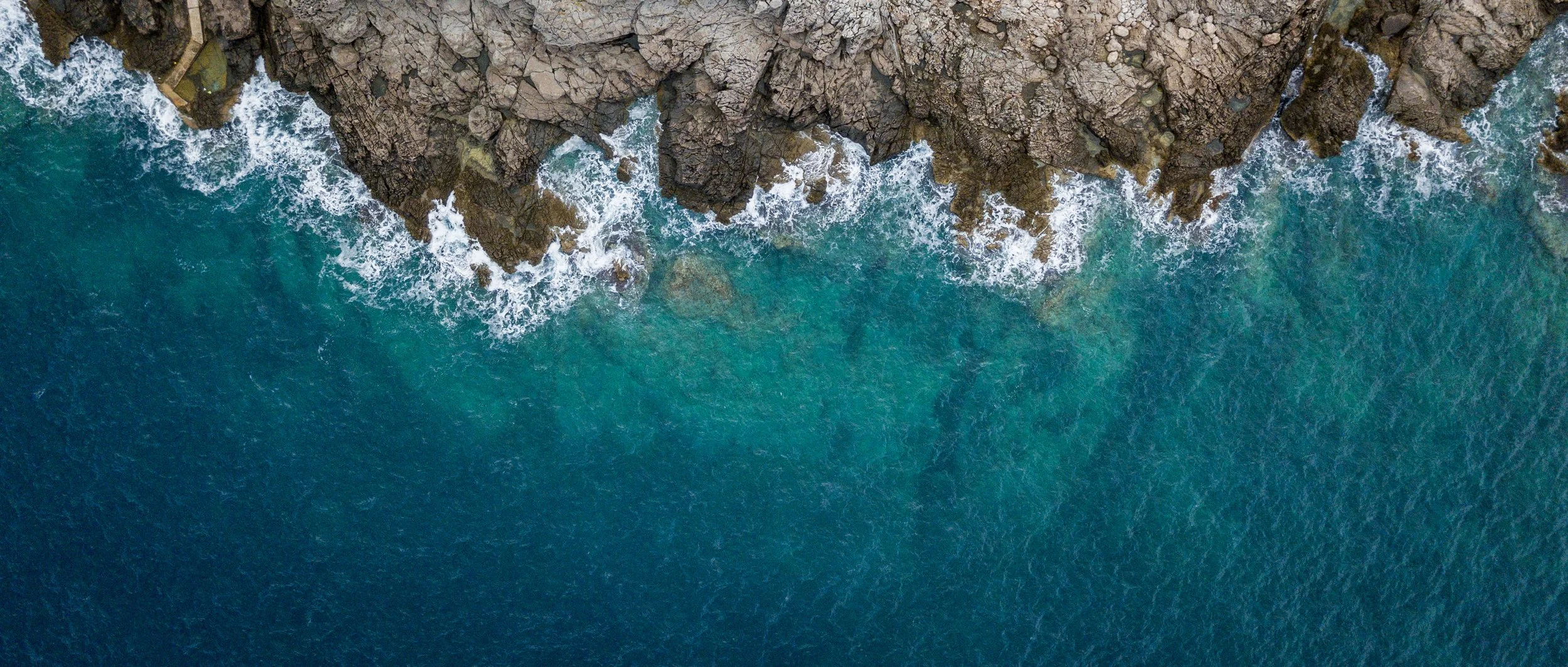Carbon removal policy over the next few years will be consequential. We make sure those policies are effective and accountable.
To realize the potential of carbon removal, we need to:
1
Find opportunities to remove carbon inside of sectors like farming and wastewater
2
Help policymakers and regulators pair these opportunities with the right policies
3
Build good quantification into these policies to prove carbon removal is really happening
The Carbon Removal Standards Initiative provides technical assistance to policymakers, regulators, and nonprofits to develop and implement carbon removal policies, with a unique focus on quantification. Alongside a network of trusted partners, we’re ensuring carbon removal policy works.
Quantification of carbon removal is essential. Only by counting the carbon correctly can we guarantee when carbon removal is happening, build public trust, and continue to scale this climate solution.
Our Role in the CDR Ecosystem
How we work
What does it mean to use science and policy to build trust in carbon removal? We use four approaches.
Organize information
We gather and synthesize carbon removal quantification resources to make technical information more accessible and identify gaps that need to be filled.
Provide technical guidance
We pair a deep knowledge of quantification with cutting edge insights to help policymakers, regulators, and NGOs create effective carbon removal policy.
Engage in standards development
We work with authoritative standards bodies across the globe to write science-backed rules for carbon removal.
Catalyze research
If questions remain before effective, accountable standards and policy can be implemented, we drive that research forward alongside our partners.
Our North Star
Carbon removal is a tool for climate justice. Justice requires accountability and justice in carbon removal requires the ability to rigorously count the carbon.
Meet the Team
-

Anu Khan
Founder and Executive Director
-

Emily Reich
Chief of Staff
-

Lucia D. Simonelli, PhD
Director of Programs
-

Beck Woollen
Research Associate
Advisory Board
-

Erin Burns
-

Anthony Hickling
-

David Koweek, PhD
-

Michael Leitch
-

Na’im Merchant
-

Noah Planavsky, PhD
-

Shuchi Talati, PhD
Project Partners
-

Gabby Kitch, PhD
Coastal Resilience
-

Jonathan Lambert, PhD
Quantification Resources
-

Jesper Suhrhoff, PhD
Enhanced Weathering
-

Elizabeth Troein, PhD
Quantification Resources
Frequently Asked Questions
-
The Carbon Removal Standards Initiative is a fiscally sponsored nonprofit project of Multiplier.
We are funded by philanthropic donors, both individuals and foundations. Our work is independent from financial incentives and wholly decoupled from the sale of carbon credits.
CRSI does not accept funds from organizations whose core business involves buying, selling, or verifying carbon credits, or those that depend on revenue from trading carbon credits.
-
We work with a broad range of partners, including entrepreneurs, NGOs, scientists, and policymakers. Key to our work is understanding the state of CDR science and global policy, and partnering with various stakeholders to advance necessary technical assistance, research, and legislation.
Importantly, we are not competing with any entity developing standards for carbon removal quantification. We are eager to collaborate and include any existing standards in our database, and to make quantification resources easily accessible to policymakers and the public.
-
We work directly with carbon removal suppliers, buyers, and market enablers to understand what is technically feasible in the CDR industry today, leveraging industry partners’ direct experience with deployments.
But financial independence is extremely important for the integrity of our work. We don’t benefit financially from the sale of carbon credits or growth in the carbon removal industry.
-
No.
At CRSI, we take a bottom-up approach to standardization. This approach focuses on improving rigor and consistency in all the many small steps that add up to a carbon removal solution, from measuring transport of dissolved inorganic carbon through rivers to assessing the carbon intensity of energy use for DAC. We identify areas of consensus as well as gaps in existing standards, and we support the development of new standards where necessary. All of this rolls into rigorous, science-based, enforceable regulatory standards.
Another approach to standardization is top-down. This approach focuses on setting a quality bar for carbon credits and encouraging the field to move up to and beyond that quality bar using a “meta-standard.” The meta-standard applies to all solutions and projects. In setting a top-down bar for quality, many of the trade-offs and questions are sociopolitical and economic, not technical. Also, there is an enormous amount of activity, both for-profit and not-for-profit, in this space. For these reasons, CRSI does not work on top-down meta-standards for credit quality.
-
In early 2023, CDR industry stakeholders published an open letter calling for an independent standards body. That letter, combined with her work on MRV policy at Carbon180, led our founder Anu to ask: Where do standards come from, how are they maintained, and who should be responsible for this in the CDR industry?
Through 18 months of research on the carbon removal ecosystem, extensive industry interviews, and case studies from other emerging industries, we believe the answer is simple: Carbon removal is a public good, so the rules will be set and maintained by policymakers and regulators implementing innovative CDR supply-push and demand-pull policies.
But the implementation of this answer is complex and requires technical knowledge across a wide-range of domains, including and beyond the carbon removal industry. That’s where CRSI comes in. We create, house, maintain, and support the adoption of rigorous quantification standards in CDR policies by providing resources and technical assistance to policymakers.
-
We operate under the rules of US-based nonprofit organizations, but our work reaches beyond US federal policy.
For example, our research on jurisdiction-level monitoring of enhanced weathering is designed to fit with the IPCC's work on CDR methodologies and the UNFCCC's work on Article 6.
Our Integrity Commitment
At the Carbon Removal Standards Initiative, we make decisions grounded in objectivity and impact. Programmatic or funding decisions are guided by where we believe we can best fulfill our mission—not by personal bias or preference. We do not accept funds from organizations whose core business involves buying, selling, or verifying carbon credits, or those that depend on revenue from trading carbon credits. We carefully select our funders based on their track record and alignment with our values, supporting only those whose past work reflects a commitment to integrity.




